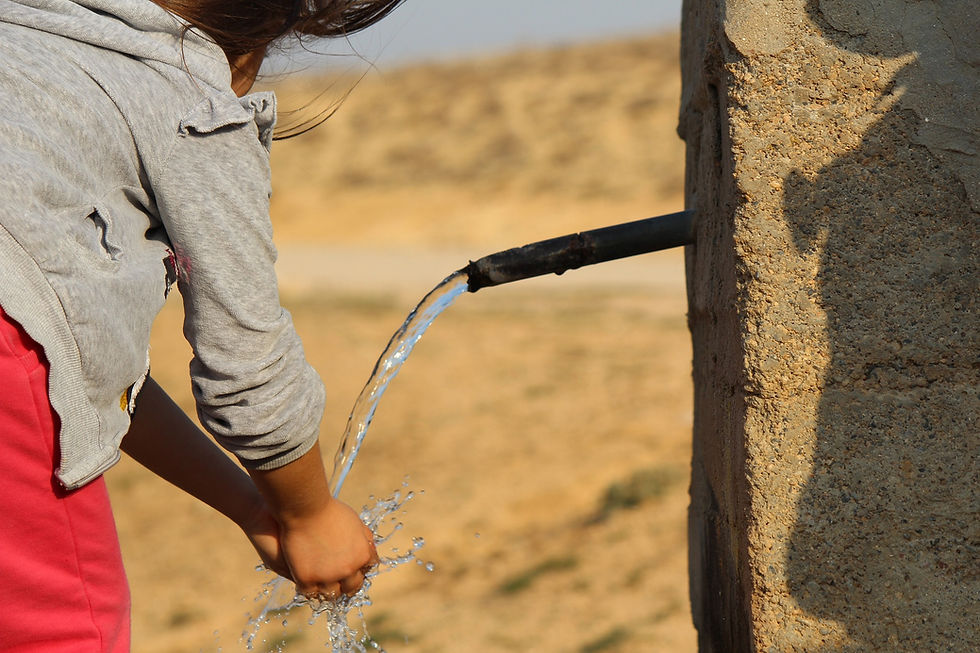Space-Based Technologies To Ensure Access To Clean Water And Sanitation
- Saurabh Gore (India), Project Analyst

- Mar 21, 2023
- 3 min read
Updated: Jun 27, 2023

Access to clean water, sanitation, and hygiene are of utmost importance to fully realize the human need for good health and well-being. The demand for safe water is rapidly rising as the effect of population growth, urbanization, and increased agricultural and industrial needs. Further, drought afflicts some of the world’s poorest countries, worsening hunger and malnutrition. There is insufficient fresh water on this planet available to fulfill these ever-increasing demands. But due to a lack of proper management, infrastructure, and contamination of freshwater supplies every year millions of people, mostly children, die from diseases directly associated with unsafe water, inadequate sanitation, and poor hygiene practices. According to a recent study, 74% of the global population had access to clean and safe drinking water. Still, two billion people live without safely managed drinking water services. In response to this, the United Nations has set up the target to achieve universal and equitable access to safe and affordable drinking water for all by 2030.
Space technology has already begun its course to understand global water cycles, map water resources, monitoring and mitigate the effects of floods and droughts. On May 2018, NASA launched a satellite mission named GRACE-FOwhich was a continuation of an experiment for Gravity Recovery and Climate Experiment (GRACE). The idea was to fly satellite formations moving at a fixed distance between one another and collect gravitational changes due to variations in the earth’s mass affected by water bodies' displacement. These variations of gravity can be used to detect water shortages on Earth. Furthermore, the data can then be translated to identify water sources and help implement mitigation strategies for water scarcity. The need to use satellite data is urgent, not only predict water shortage but to organize an efficient emergency response system. By using different sensors onboard satellites data can be collected to identify the level of contamination like chlorophyll or colored dissolved organic matter in water bodies. These variables can be used as an indicator of water quality. Water quality is linked to water scarcity because a lack of water means a lack of potable water.
Real-time water resource mapping is possible by getting continuous data from satellites of the water resources to predict, counter and mitigate the possible problems with fresh drinking water. Over the past sixty years, space technological advancements have contributed significantly to better management of water resources. Remote sensing and earth observation capabilities aided in the early monitoring and prediction of extreme weather and drought events. The ability of space technology to observe the different parameters of possible drought conditions such as precipitation, soil moisture, water storage, and evapotranspiration is helping effective policy formulations ultimately helping to water supply management. The information collected by satellite payload contains multispectral sensors observing groundwater influencing factors is a cost-effective method for detecting, extracting, conserving, and testing the vulnerability of groundwater across space and time.
Water is a critical resource. We have formed our civilization according to water supply and if the amount of water resources changes, then that could cause severe consequences to the way we live our lives. With the rise of satellite technologies and global connectivity, improvement in early warning capabilities, real-time water resource management, and infrastructure development have ensured access to clean water and sanitation even for remote areas. With this advancement, space technology can definitely contribute to achieving the UN-Sustainable Development Goal of accessing clean water for all.


